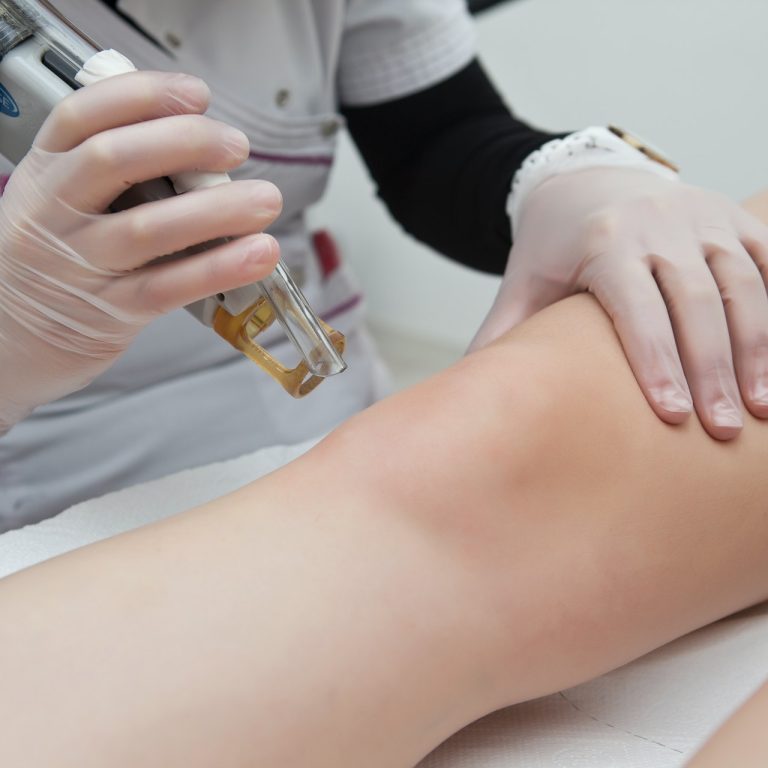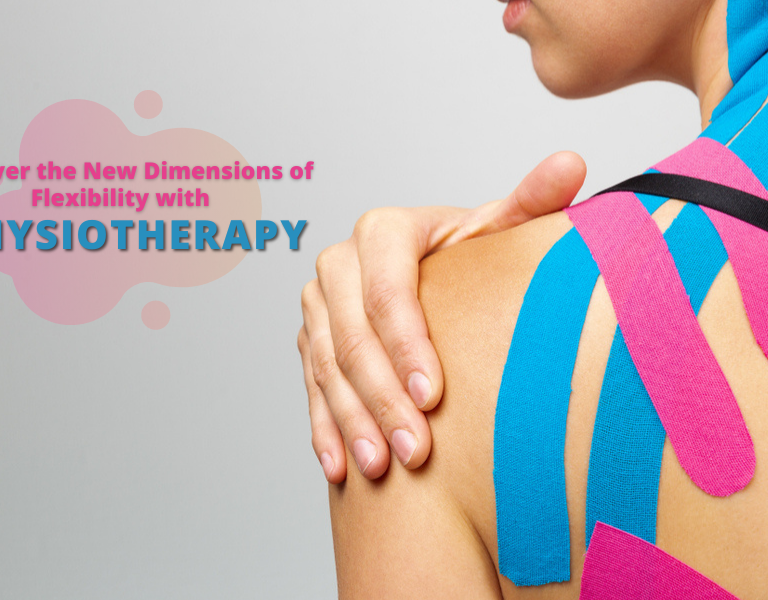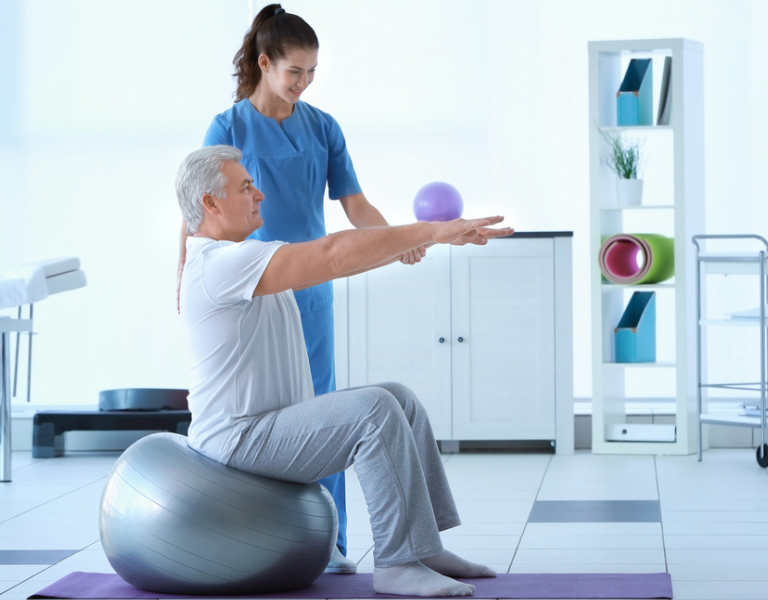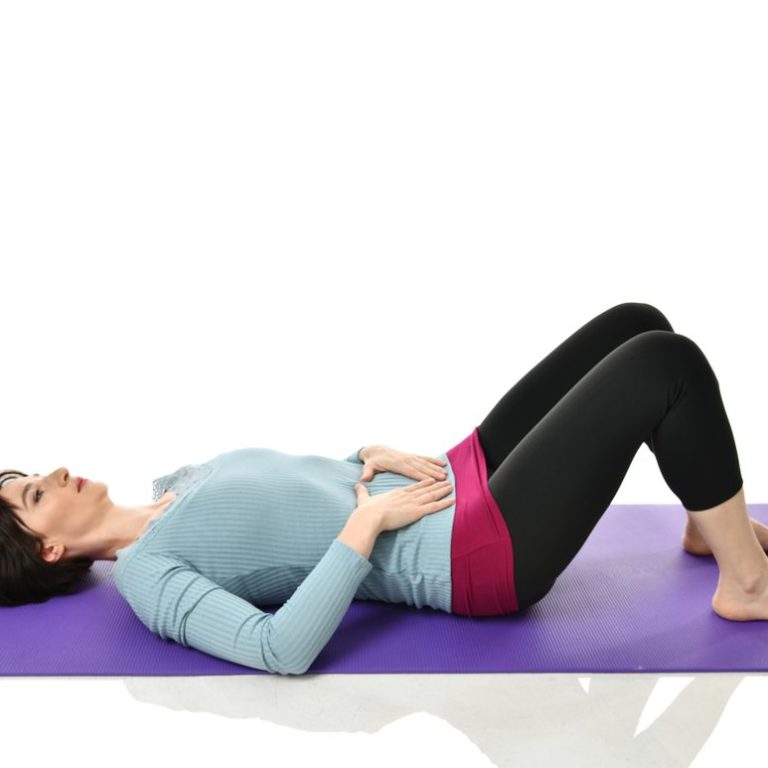The Road to Recovery: How Physiotherapy Can Help After a Motor Vehicle Accident (MVA)
Living in Calgary, Canada, we often find ourselves navigating the bustling streets and highways. Unfortunately, accidents can happen, and when they do…

Living in Calgary, Canada, we often find ourselves navigating the bustling streets and highways. Unfortunately, accidents can happen, and when they do…

Understanding Sports Injuries: Common Types and Effective Physiotherapy Treatments Introduction: Participating in sports and physical activities is a great way to stay fit and healthy. However, sports injuries can be a common occurrence and can range from minor sprains to more severe fractures. When faced with a sports injury, it’s crucial to understand the nature…

How Pelvic Floor Physiotherapy Can Help After Pregnancy Introduction: Pregnancy and childbirth are beautiful and transformative experiences, but they can also bring about physical changes and challenges for women, particularly in the pelvic floor muscles. The pelvic floor muscles play a crucial role in supporting the bladder, uterus, and bowels, as well as maintaining continence…

Preventing Workplace Injuries: Ergonomic Tips for a Healthier Work Environment Introduction: In today’s modern age, many people spend a significant portion of their day working in office settings. While office work may not seem physically demanding, it can still pose risks to our health if proper ergonomic practices are not followed. Workplace injuries can lead…

Benefits of shockwave therapy Introduction and Definition If one can avoid surgery and painkillers to mitigate his/her pain by alternate therapy or medicinal treatment, then you would prefer to undertake that treatment only. Isn’t it? In the world of healthcare, patients often seek such treatments that can help them get rid of their pain effectively…

Can a physiotherapist help in enhancing your flexibility? Indeed, in many expert ways. Physiotherapy is an advanced science that utilizes this concept for restoration

Health, fitness and well being is not a horizontal concept, it is three dimensional. All the pieces of the jigsaw must fit to synchronize life’s elements with each other.

Postnatal care plays a vital role in a woman’s health for the rest of her life. During pregnancy and in labor, the body undergoes tremendous change and stress. Some of it is evident and most of it is not.

Massage Therapies enhance and restore the natural functioning of the body in certain ways. In both Western and Eastern cultures, massage therapy has been practiced for healing and recovery.

Chiropractic care benefits people with mobility issues at every age. However, the muscles, spinal discs, joints, and ligaments of senior citizens degenerate, dehydrate and weaken